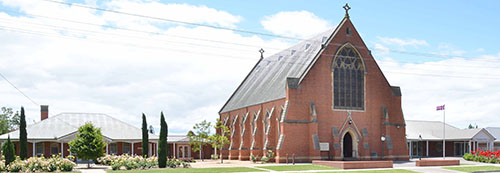https://www.thecompassnews.org/2020/07/churches-offer-a-nautical-reminder/
Churches offer a nautical reminder
By Patricia Kasten | The Compass July 3, 2020
Architectural reminders of Noah’s Ark, Peter’s Boat
Now that we are returning to our church buildings for Mass, many may feel like they have entered a harbor in a storm.
Most of us have been on a boat of one form or another, but the church – and its buildings – has long been referred to as a boat. Both “Noah’s Ark” and the “Barque (ship) of Peter” have been used as images to refer to the church Christ founded.
Fishermen
Some of this relates to the fact that several of the apostles were fishermen before meeting Jesus – including Peter and his brother, Andrew. They were also fishing when the resurrected Jesus appeared to them one morning and directed them to a huge catch of fish – symbolizing the people of God who would form the church (Jn 21:11).
In the second century, the theologian Tertullian, writing about the sacrament of baptism, linked baptism to the Gospel story (Mt 14:22-33) when Jesus walked on the water during a storm. “The apostles then served the turn of baptism when in their little ship, (they) were sprinkled and covered with the waves,” Tertullian wrote, “Peter himself also was immersed enough when he walked on the sea. … That little ship did present a figure of the church, in that she is disquieted ‘in the sea,’ that is, in the world, ‘by the waves,’ that is, by persecutions and temptations …”
By the fourth century, in a series of books called the “Apostolic Constitutions,” the shape of church buildings were likened to a ship, with the bishop as the commander of the vessel and the deacons as “mariners.”
Naval links
As churches were built during the first centuries of Christian history, a certain structure arose that still exists, with some modifications, today. It can certainly be seen in many of our churches built prior to the mid-1950s. In these, the center aisle is called the “nave.” The resemblance to the word “navy” is not a coincidence. Both words derive from the Latin “navis” for “ship” which in turn comes from the Greek “naus” for “ship” – think “nautilus.”
Besides being the main aisle of the church, the nave also has the highest ceiling. Following the structure of many medieval cathedrals, the church ceiling is often vaulted and supported by ribs that flow down to the pillars. Looked at upside-down, the nave resembles the body of a ship, with the pillars as its support walls and the vaulted ceiling as the keel. Windows at the top of the nave are the clerestory windows, but can remind us of portholes.
The nave extends from the entry to the area toward the front known as the transept. In large churches, the transept intersects the floor of the nave and forms a cross shape. In aerial views, this cruciform shape can be seen more easily. Where the nave and transept meet is appropriately called “the crossing.” In some churches, a dome rests above the crossing. In others, the steeple rises above the crossing.
The area from the transept to the sanctuary was known as the chancel and was often rounded, like the prow of a ship. While the nave and transept formed a cross, the chancel formed the head of the cross — again best viewed from above. “Chancel” comes from a Latin word meaning crossbeam (cancelli).

